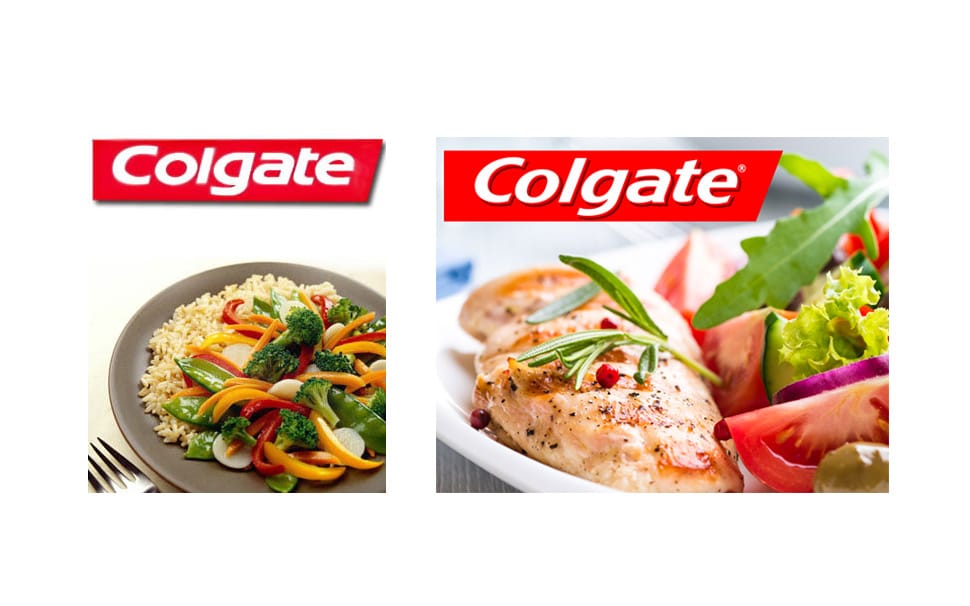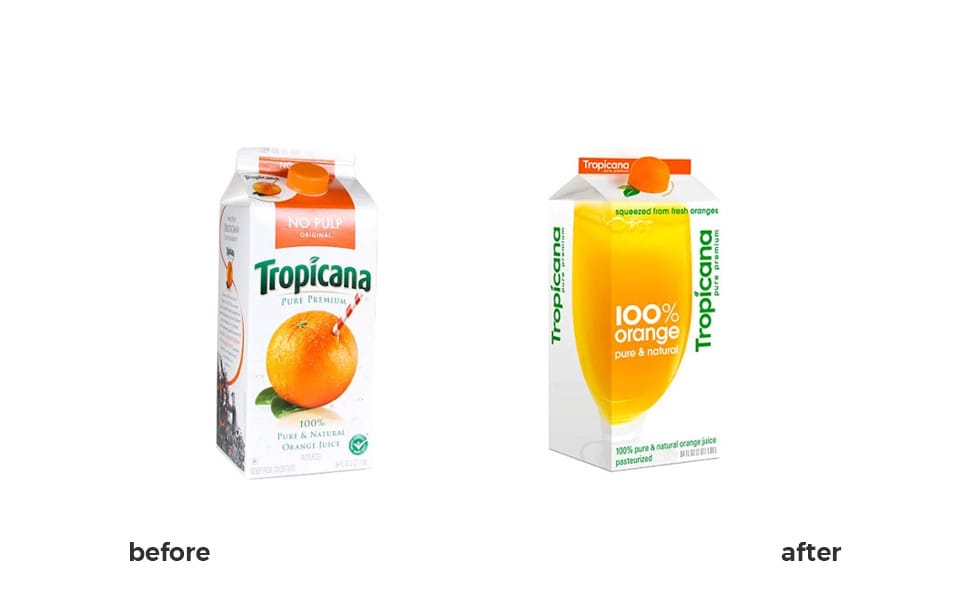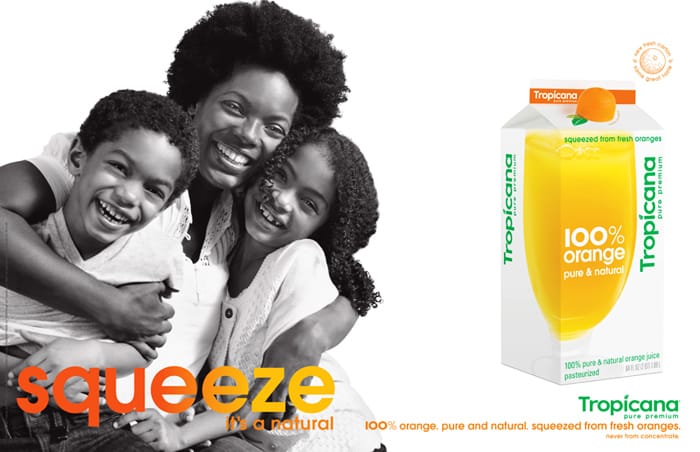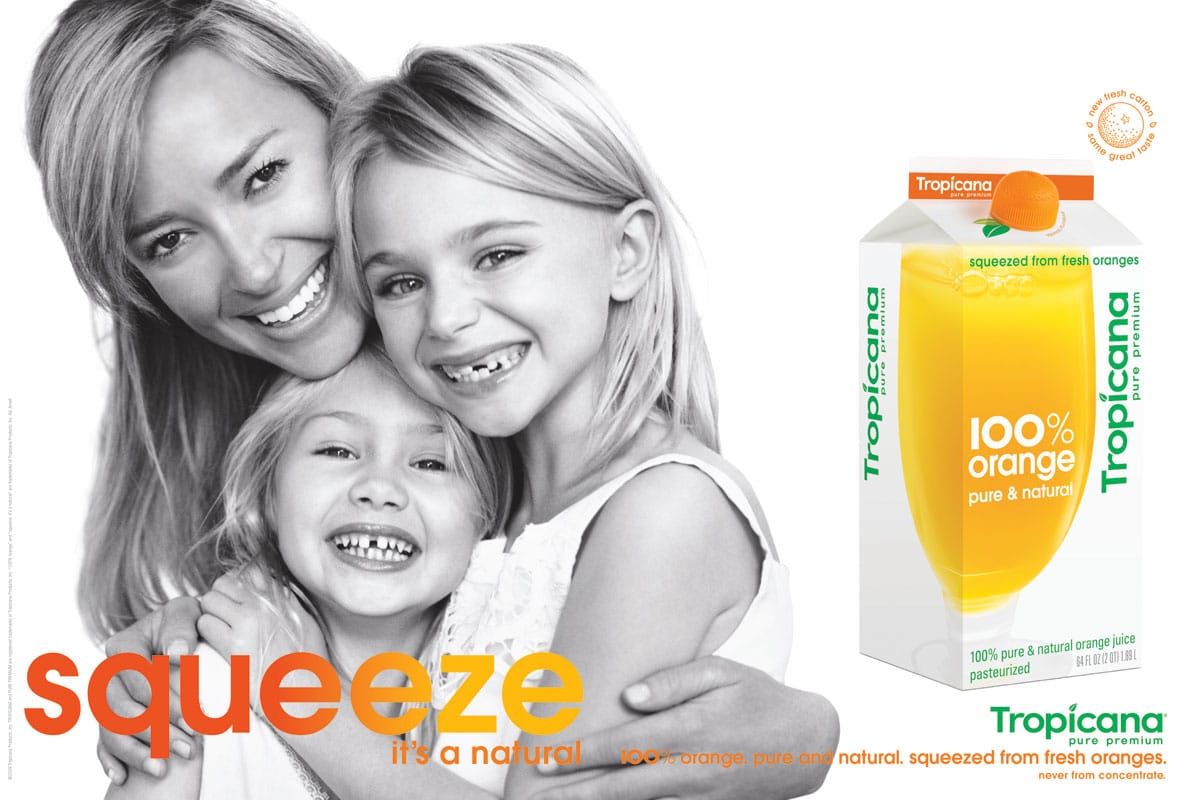Colgate is very globally brand known for its hygiene and oral care products such as toothpaste and toothbrush. In 1982, Colgate ventured into a new business, frozen ready meals. And guess what? It was a complete failure.
To that point, the brand has been selling toothpaste for more than a century. To general consumers, seeing the logo is not only enough to picture the toothpaste, but also the smell and taste. Predictably, no one like the idea of having toothpaste flavoured stir-fried rice and vegetables.

For most people the brand name Colgate does not exactly get their taste buds tingling. As a result, Colgate Frozen Dinner Entrees was a fail spin-off.
Colgate’s branding mistake was trying to sell food product under a name that consumers perceived as toothpaste. This is an infamous example of how brand extension could go wrong. Check out the list below to learn more about some of the most common branding mistakes you could avoid to your business.
1. Undervalue the importance of branding
Contrary to most people believe, a brand is not just a logo, product or service. Brand is how consumers think and feel about your business. Feel is really important because we mostly make our buying decision based on our feeling. People associate brand name with quality, status. Building a strong brand helps separate your business over competitors and gain customer loyalty.
Many times business owners often overlook the power of brand or not make enough effort to build it. For startups, it is best practice to get support from a professional branding specialist or branding agency. Bring in an expert onboard from the early stage can help your branding strategy, and may save you a lot of money in the long run.
2. Derail from your brand original values
At some points, your brand no longer stays relevant and you consider having your company identity redesigned. If this happens, don’t drift too far away from the original values that made your brand as it is today. Don’t make big or sudden change or it could alien even your loyal consumers.
The rebranding failure that costs PepsiCo millions of dollars is a good lesson to illustrate our point. Tropicana is very successful worldwide orange juice owned by Pepsico. On January 2009, the company introduced a whole new identity to the consumer in North American market. This rebranding also backed by a 35 million dollars advertising and promotion campaign.
A few days after the launching, the company received a flood of negative feedback from its consumers. Two months later, sales plunged 20% and Tropicana lost a whopping 30 million dollars. Consequently, Tropicana’s competitors exploited the juice brand mistake and gained profit from its sale lost. After 46 from the initiative, Tropic announced it would come back to the original design. The total damage cost Tropicana more than 50 million dollars.
What went wrong? The new identity stretched too far from the original value. While the old logo projected fun and personality, the new design looked too grown-up and professional. This alone broken the emotional bonds between the consumers and the brand love.
3. Not being consistent across different platforms
We discussed why brand consistency is crucial for your business in the previous article. An inconsistent brand will not only project an untrustworthy image but also make your company appear unprofessional.
A detailed brand guidelines will come in handy to keep your brand consistent. How your logo will be used? What is your company’s colours, typography, distinct graphic elements, photography style?. Does your working environment reflect your brand image? A complete guideline goes beyond the visual identity. Which tone of voice to use to communicate with your customers? What standard of services do you offer? What is the consumer journey experience, etc.
After having a brand guide, you begin coordinating your visual identity across every, publication, website, social media, advertising, print material. If your company operates in different countries or regions, some modifications may be necessary to adapt to the local culture
4. Fail to see how your brand will be received on a global scale
When naming our company or drafting your message, make sure to perform thorough research to see how it might be perceived around different part of the world. You never know where your company will be in 10 year time. Even if you have not plan to take your product or service overseas, it is still worth avoid losing a certain type of customer that likely be offensive by your brand message.
Phở 24 is a good example of how a brand name can go wrong when it goes beyond the border. To Chinese people, four 四 (sì) is considered an unlucky number as it sounds similar to 死 (sǐ), which means “death”. As a result, the franchise was not successful in the regions influenced by Chinese culture.
5. Your copy does not describe who you are
Copy is a part of the brand voice. Writing compelling copy is essential as it is representative what your business stand for. Vague writing is a common branding mistake to many brands. Copywriting is not easy, but there are few tactics to help copywriter avoid the copywriting pitfalls.
When copywriting, talk to the audience and address them as if they are in front you. When describing your products or services, avoid using jargons and focus on the benefits, not the feature.
Is your company making these branding mistakes? Let’s discuss.








